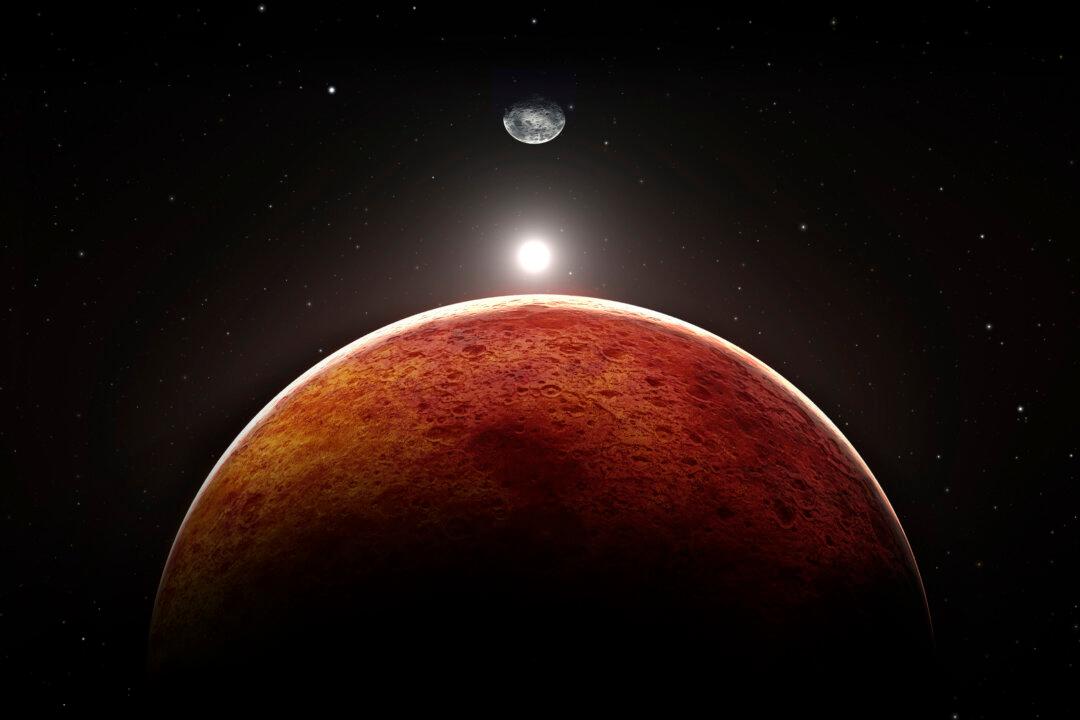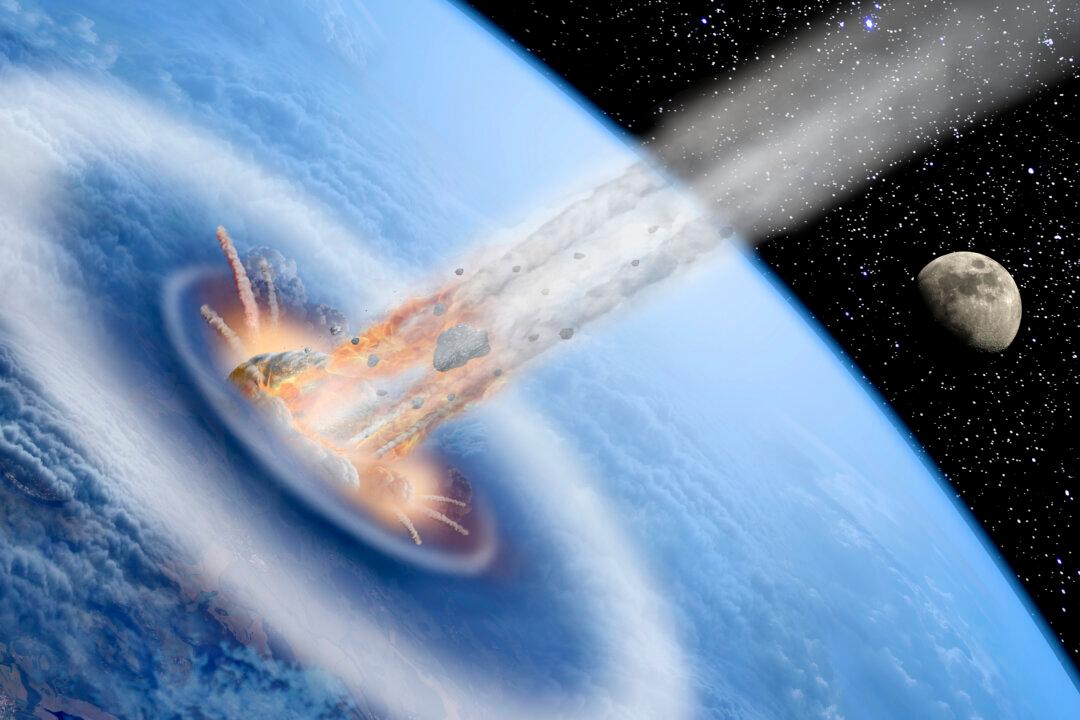Astronomers have obtained the most precise measurement yet of how fast the universe is expanding, and it doesn’t agree with predictions based on other data and our current understanding of the physics of the cosmos.
The discrepancy—the universe is now expanding 9 percent faster than expected—means either that measurements of the cosmic microwave background radiation are wrong or that some unknown physical phenomenon is speeding up the expansion of space, the astronomers say.
“If you really believe our number—and we have shed blood, sweat, and tears to get our measurement right and to accurately understand the uncertainties—then it leads to the conclusion that there is a problem with predictions based on measurements of the cosmic microwave background radiation, the leftover glow from the Big Bang,” said Alex Filippenko, a University of California, Berkeley, professor of astronomy and co-author of a paper announcing the discovery.
“Maybe the universe is tricking us, or our understanding of the universe isn’t complete,” he added.



